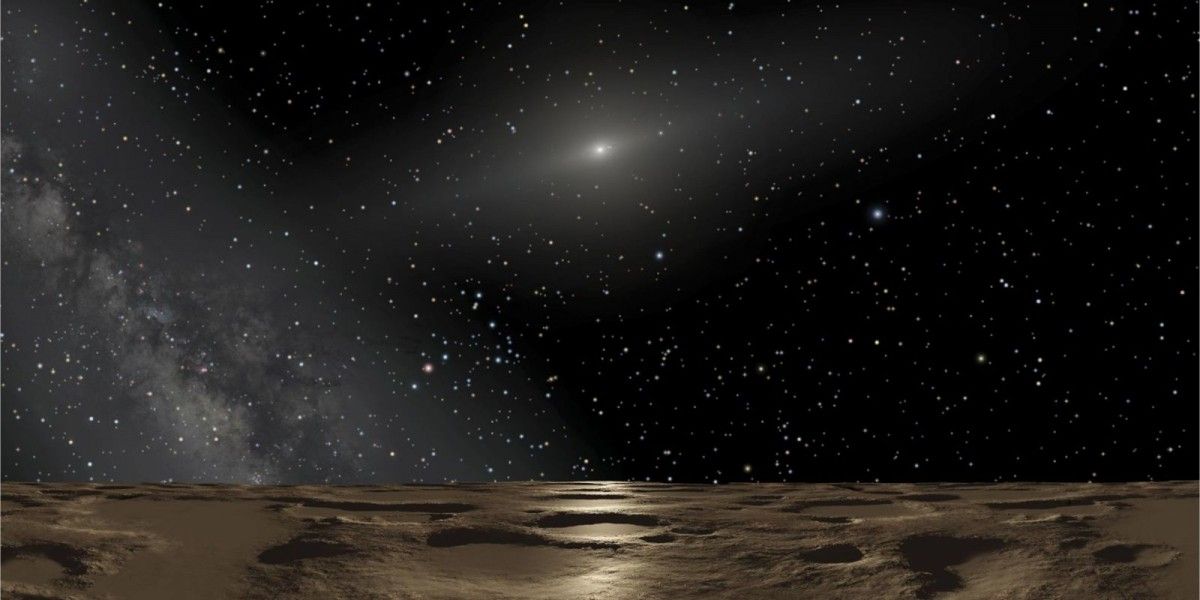How an innocent plea for collegial comments turned into a global news flap about a possible Super-Earth on our solar system’s outer fringes.
The odds that our solar system harbors a super-Earth on its outer fringes are longer than the chances of winning a state lottery (or at least 200 million to one), says a University of Hawaii planetary scientist. In fact, the recent news flap over the potential detection of a rocky planet in a very long solar orbit was greatly exaggerated, the lead author of the scientific paper which resulted in the controversy now says.
“We never claim a super-Earth; we state it can’t necessarily be ruled out on the basis of our data alone, but the much more likely explanation is a much more nearby icy-body,” Wouter Vlemmings, a radio and submillimeter astronomer at Sweden’s Chalmers University of Technology, told me.
But Jonathan Williams, a longtime submillimeter astronomer and planetary scientist at the University of Hawaii in Manoa, who was not involved in the observations, couldn’t disagree more, particularly since super-Earths are thought to have masses that range from between 1 to 10 times that of Earth.










Comments are closed.